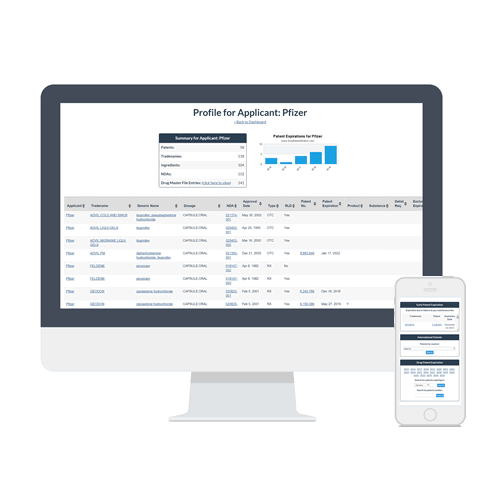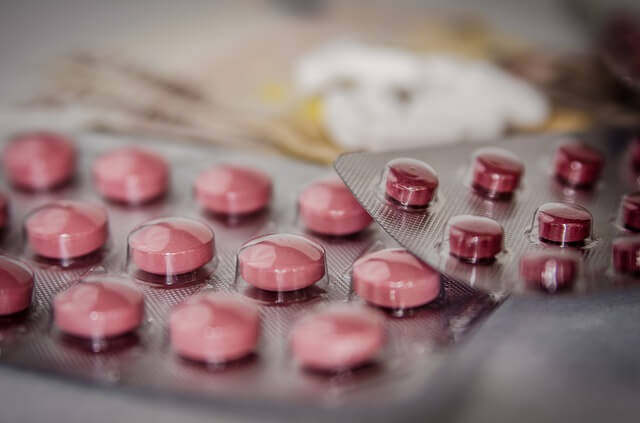
In the high-stakes world of pharmaceuticals, generic drugs have become the unsung heroes of healthcare accessibility. These cost-effective alternatives to brand-name medications now account for a staggering 90% of prescriptions filled in the United States, revolutionizing patient care and industry dynamics alike[2]. But how do these copycat drugs make their way from concept to consumer? Let’s dive into the intricate process of generic drug development, a journey that’s reshaping the pharmaceutical landscape.
Table of Contents
The Generic Advantage
Generic drugs are the pharmaceutical equivalent of cover songs – familiar tunes played by different artists. They contain the same active ingredients as their brand-name counterparts and offer identical therapeutic benefits, often at a fraction of the cost[4]. This price difference stems from a streamlined development process that bypasses the expensive and time-consuming clinical trials required for novel drugs.
“Generic drug makers’ challenge is to prove to FDA that its generic is substitutable with a brand-name drug that has been shown to be safe and effective.” – Ted Sherwood, Director, Office of Regulatory Operations, FDA[2]
The Development Dance
The journey of a generic drug begins long before it hits pharmacy shelves. Here’s a glimpse into the key stages:
API Selection and Characterization
The first step involves choosing and analyzing the active pharmaceutical ingredient (API). This crucial phase sets the foundation for the entire development process[3].
Formulation Development
Scientists then work to recreate the brand-name drug’s formulation, a task that’s part art, part science. They must achieve the same therapeutic effect while potentially using different inactive ingredients[1].
Analytical Method Development
Rigorous testing methods are developed to ensure the generic drug’s quality, purity, and performance match the original[3].
Bioequivalence Studies
Perhaps the most critical stage, these studies involve human volunteers taking both the brand-name and generic drugs. The goal? To prove that the generic behaves identically in the body[2].
Manufacturing and Quality Control
Scaling up production while maintaining consistent quality is a significant challenge. Manufacturers must demonstrate their ability to reliably produce the drug at commercial scale[1].
Navigating the Regulatory Maze
The path to approval is paved with regulatory hurdles. In the U.S., generic drug companies submit Abbreviated New Drug Applications (ANDAs) to the FDA. These applications must prove that the generic is bioequivalent to the brand-name drug and can be manufactured consistently and safely[1].
The FDA’s review process is meticulous, involving teams of scientists, healthcare professionals, and regulatory experts. They scrutinize everything from the drug’s chemical composition to the manufacturing facilities[2].
Real-World Examples
Let’s look at two success stories in the generic drug world:
- Atorvastatin (Generic Lipitor): When the patent for Pfizer’s blockbuster cholesterol drug Lipitor expired in 2011, multiple companies raced to develop generic versions. Ranbaxy Laboratories won the coveted first-to-file status, launching their generic atorvastatin in late 2011. Within a year, the price of the drug had dropped by over 80%, saving patients and insurers billions of dollars.
- Imatinib (Generic Gleevec): Novartis’s leukemia drug Gleevec revolutionized cancer treatment but came with a hefty price tag. When generics entered the market in 2016, the cost of treatment plummeted. Sun Pharmaceutical Industries was among the first to launch a generic version, dramatically improving access to this life-saving medication.
Challenges and Future Outlook
Despite its successes, the generic drug industry faces ongoing challenges. Patent litigation, manufacturing quality issues, and the increasing complexity of brand-name drugs all pose hurdles[5].
Looking ahead, the industry is poised for further evolution. The rise of biosimilars – generic versions of complex biologic drugs – represents the next frontier. Additionally, efforts to streamline the approval process and increase competition in the generic market continue to shape the regulatory landscape.
As healthcare costs remain a pressing concern globally, the role of generic drugs in providing affordable treatment options is more crucial than ever. From laboratory benches to pharmacy shelves, the journey of generic drugs is a testament to the power of scientific innovation and regulatory collaboration in improving public health.
Citations:
[1] https://www.fda.gov/drugs/abbreviated-new-drug-application-anda/generic-drug-development
[2] https://www.fda.gov/drugs/cder-conversations/generic-drug-approval-process
[3] https://www.scirp.org/journal/paperinformation?paperid=112370
[4] https://www.sciencedirect.com/topics/pharmacology-toxicology-and-pharmaceutical-science/generic-drug
[5] https://www.diaglobal.org/productfiles/25849/20110518/track2/09%20t2-4_shao%20jun.pdf
[6] https://www.youtube.com/watch?v=knHHTSaJsmE


